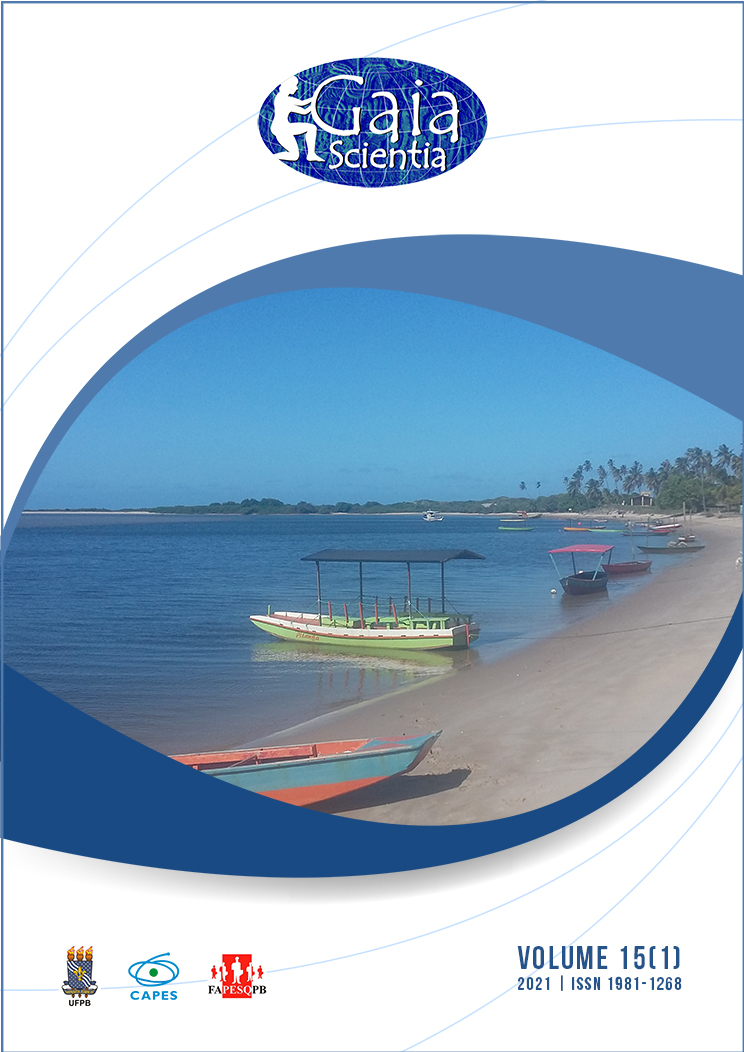Bird trophic guilds in distinct phytophysiognomies associated with the Atlantic forest in the Ibura National Forest, Northeastern Brazil
Bird guilds of Ibura National Forest
DOI:
https://doi.org/10.22478/ufpb.1981-1268.2021v15n1.51120Abstract
The Atlantic Forest has been devastated in recent decades, resulting in a highly fragmented landscape. While this process may lead to the decline of many species, it may also benefit some, such as the more generalist forms that can better adapt to more open environments. The present study investigated the influence of three phytophysiognomies (semi-deciduous seasonal Atlantic Forest, eucalypt plantations, and open fields) on the trophic guilds of birds in the Ibura National Forest, in the northeastern Brazilian state of Sergipe. Data on the occurrence of birds in the three area were collected between August 2012 and May 2013 using the MacKinnon list method with biweekly sampling campaigns of three days. A total of 91 bird species were recorded, with the Thraupidae, Tyranidae, and Ardeidae being the most species-rich families. The diversity of bird species was most similar between the eucalypt plantation and the open field, rather than the forest. The diversity of all guilds varied significantly among phytophysiognomies. The area of Atlantic Forest area almost invariably had the lowest bird species richness in the trophic guilds in comparison with the other phytophysiognomies, in many cases, with significantly reduced diversity. Frugivores were not associated systematically with the native forest, which may be related to local anthropogenic impacts associated with the exploitation of natural resources, resulting in higher species richness in the eucalyptus plantation and open field. The results of the present study reinforce the potential of the Ibura National Forest for the conservation of the region’s avian fauna. It nevertheless also highlights the need for the implementation of effective management measures for the consolidation of the natural vegetation and more concrete efforts for the conservation of local birds.
Downloads
Downloads
Published
Versions
- 2021-05-03 (2)
- 2021-04-15 (1)










